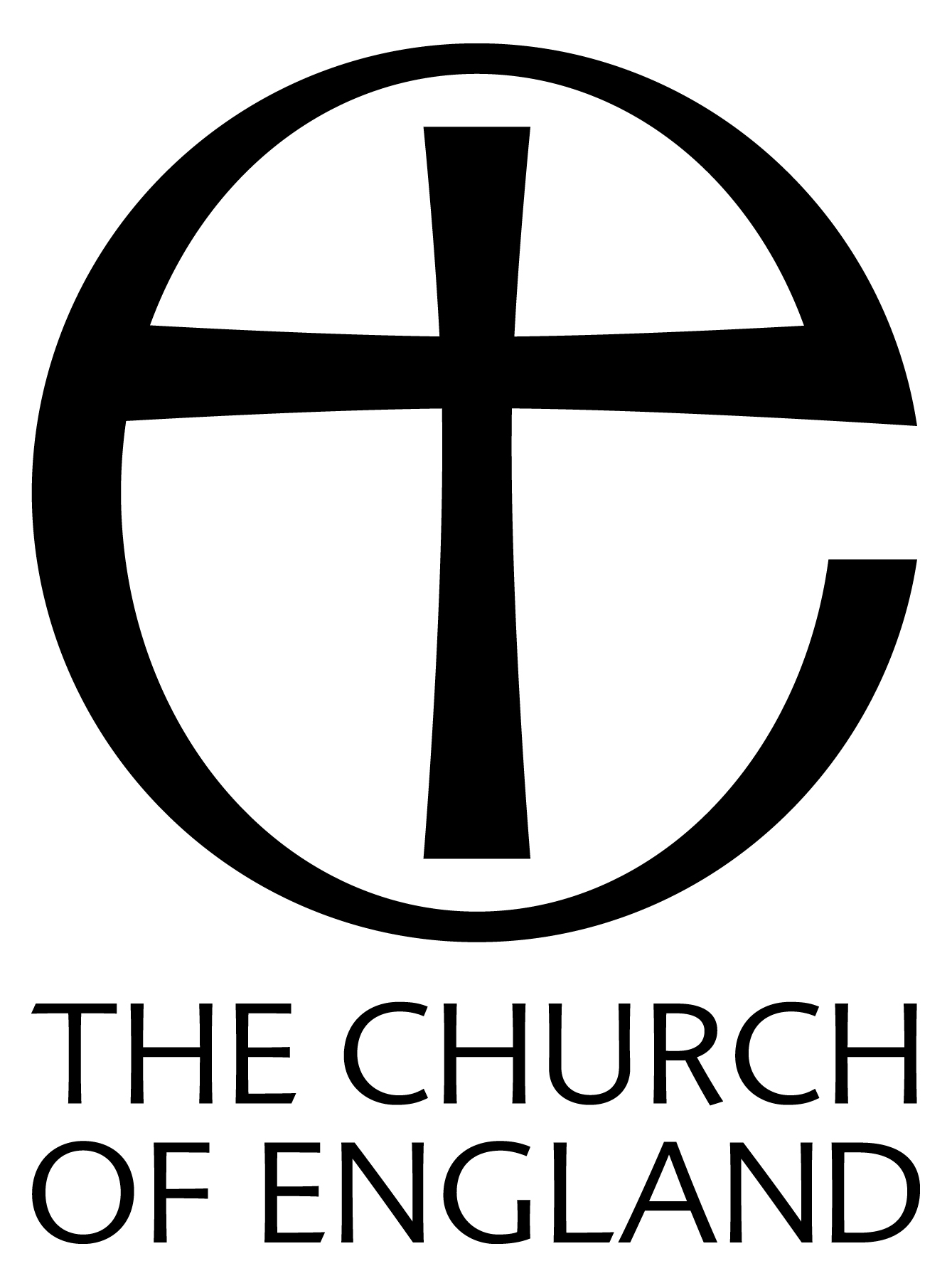Reproduced from
DRYPOOL -
Being a History of the Ancient
Parish of Drypool cum Southcoates
by M. Edward Ingram (1959)
by M. Edward Ingram (1959)
| < < < | > > > |
|
The earliest picture of this church appears in an undated plan, preserved in the British Museum (Cotton MSS, Augustus I, Vol. I, fol. 80). This is of the time of Queen Elizabeth I, but Frost suggests that there is sufficient internal evidence to show that a date of c. 1350 can be ascribed to it. The plan shows a small church, with a graveyard surrounded by a battlemented wall. There is a broad nave, with minute chancel, which appears to have a door at the east end. The tower is to the south of the nave, at the west end of the south aisle. It is of three stories and is battlemented. The village, which would appear to be quite considerable, consists of at least fifteen dwellings. One of these is in building and awaits its roof. All the houses lie to the south of the church, occupying that triangular portion of the Kirkfield, part of which became the site for the Citadel. Mediaeval farming was based on the system of Open Fields, introduced by the Saxons from the Continent. Around the village la)/: the two, three or even four great fields, divided into a series of acre or half-acre strips. In these fields a primitive type of rotation was practised. Whilst one field remained fallow, the second was sown to wheat or rye, and the third to barley or oats. By this means the land was able to have a period of rest and recovery every third year. Beyond the fields lay the meadows, woodland and waste. Blashill has worked out the disposition of these fields and shows them on a map in his" Evidences Relating to the Eastern Part of the City of Kingston upon Hull." Some of his identifications are conjectural, but most are based on ample evidence. In Southcoates we find an East Field, a West Field and a Humber Field. In addition, near to the estuary were |
In Drypool there were four fields-Arnescroft, Kirkefield, a Middle Field, and Drypool West Field, already mentioned. Bordering the Humber in both Drypool and Southcoates was reclaimed land, known as the Growths, or Groves. Summergangs was an area of pasture, always damp and subject to flooding. It was only available in summer, and not always in that season. The main part lay to the north of the Holderness Road, and occupied nearly a third of the total area of the parish. In this pasture the monks of Meaux had grazing for 400 sheep, whilst the nuns of Swine had similar pasturage for 500 sheep, and all other cattle except pigs. At the Dissolution this was worth 26/8 per annum. A number of local families like the Constables of Flamborough, the Hildyards of Winestead, and the Grimstons of Grimston Garth, had lands or rights within the parish. In addition to the above named monasteries, two other houses had interests there-the Carthusians of Sculcoates, and the Augustinian Canons of Thornton in Lincolnshire, whose property at the Dissolution was valued at £5 1s. 21/2d. This was a tax levied on personal property, not on land, and was only collected where it exceeded a shilling. It gives us the names of some of the parishioners at that time. The total raised in Drypool was 15/8, and in Southcoates 8/3. John de Merkenfield paid the largest sum |

|
|

|
|